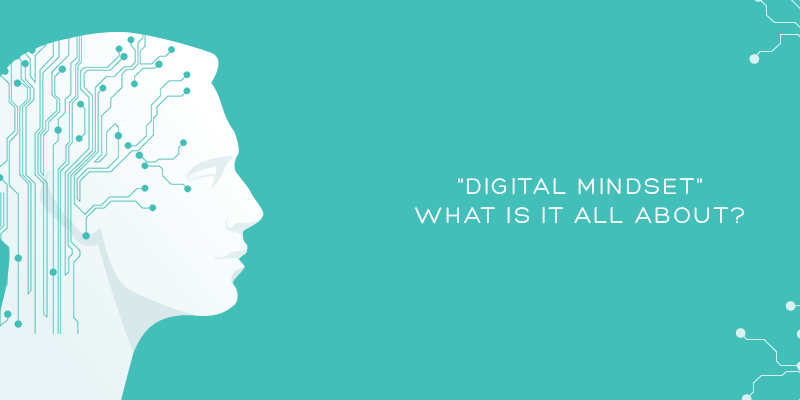Why indeed? Why should you market your products or services to an audience with limited resources to spend? The simplest, most basic reason is this: their time is cheap right now. For you, that means better customers that are cheaper to attract. What’s more, they are more loyal and will continue giving you their business when their cashflow improves. It works like this:When potential customers have a limited budget available, their time drops in relative value. Indeed, if you can’t afford to make a less-than-ideal purchase, you too will spend more time informing yourself. This kind of behaviour coincides with the buying pattern typically seen in customers that have adopted the digital mindset.
Digitally-minded buyers match the abundance of their time to the abundance of information readily and freely available on the internet. Once they become aware of an existing problem, they spend ample time learning how to solve it and considering their options before finally deciding. This leads to an informed purchase rather than a rushed one. Which means that once you earn their trust and business, you are typically able to keep it for the long term.
All digital roads lead to information
Clearly, this buying pattern doesn’t favour a pushy marketing strategy that hawks products on customers to maximize short-term gains. This is good news, as such strategies tend to rely on heavy advertising spending. Not only does this burn through your budget in no time, it also makes it difficult to measure the return on your investment. Two things most marketers will gladly pass on.
Rather, savvy marketers like you can align their strategies with this buying pattern by also adopting a digital mindset. The information that time-rich buyers rely on isn’t just cheap to obtain, it’s also inexpensive to create and spread. While the cost of creating a technical brochure or leaflet is relatively similar to analog times, the marginal cost of creating digital copies is effectively zero. A single piece of information remains accessible to an unlimited number of potential buyers, so that they can learn when they want, at the tempo they want, and most importantly, on their own time.
Your new focus then is ensuring that you create exactly the kind of information that your ideal buyer needs – and making sure that they find it. The art of doing that is called the inbound methodology.
Do you want more insights like these? Great news: the eBook that inspired this blog is now available as a free download!
Want to learn more about the inbound methodology?
[button link=”https://www.pyramidion.be/download-free-inbound-marketing-campaign-checklist/” target=”self” color=”#F86B35″ text=”light”]Get your free inbound marketing campaign checklist[/button]







